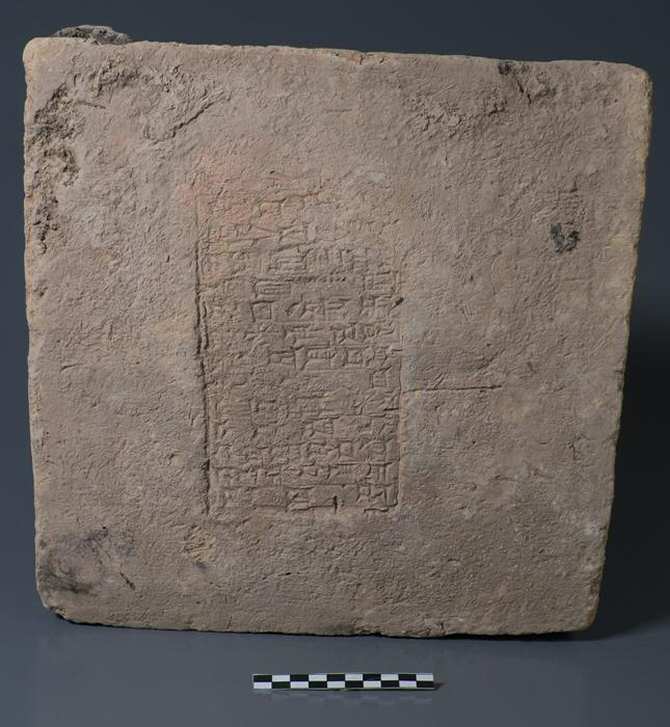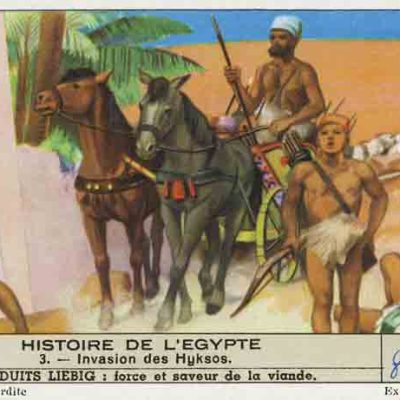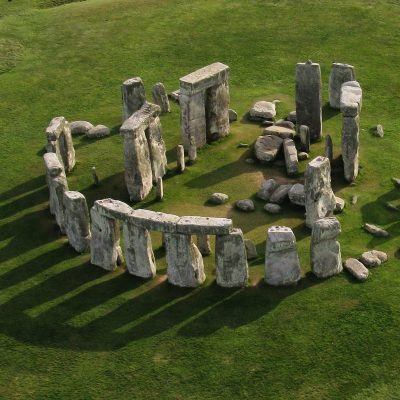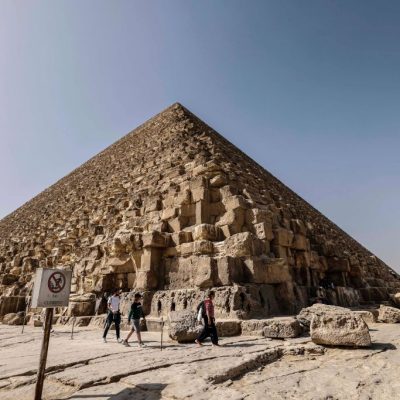A recent investigation into bricks inscribed with the name of the king under whose reign they were made has revealed important information about a mysterious anomaly in the Earth’s magnetic field 3,000 years ago. The study was conducted by a team including Mark Altaweel from University College London in the UK and Matthew D. Howland from Wichita State University in the United States. The Earth’s magnetic field weakens and strengthens over time, leaving a distinctive signature on minerals sensitive to the magnetic field. The research team analyzed the latent magnetic signature in iron oxide mineral grains embedded in 32 clay bricks from archaeological sites throughout Mesopotamia, which now overlaps with present-day Iraq.
The strength of the planet’s magnetic field was imprinted on the minerals when the bricks were first fired thousands of years ago. At the time of their manufacture, each brick was inscribed with the name of the reigning king, which archaeologists have dated to different periods of time. Together, the printed name and the measured magnetic intensity of the iron oxide grains offer a historical map of changes in the Earth’s magnetic field intensity. The researchers were able to confirm the existence of a geomagnetic anomaly between 1050 and 550 BCE, a period when the Earth’s magnetic field was unusually intense for unclear reasons. Indications of this anomaly had already been detected in places as far away as China, Bulgaria, and the Azores, but data from southern Middle East had been scarce until now.
The study, titled “Exploring Geomagnetic Variations in Ancient Mesopotamia: Archaeomagnetic Study of Inscribed Bricks from the 3rd-1st Millennia BCE,” has been published in the academic journal Proceedings of the National Academy of Sciences (PNAS). This research provides valuable insights into the Earth’s magnetic field and its changes over time, which could have implications for understanding the planet’s geological history and predicting future changes.










